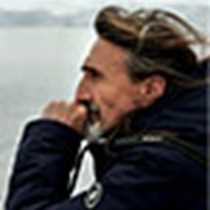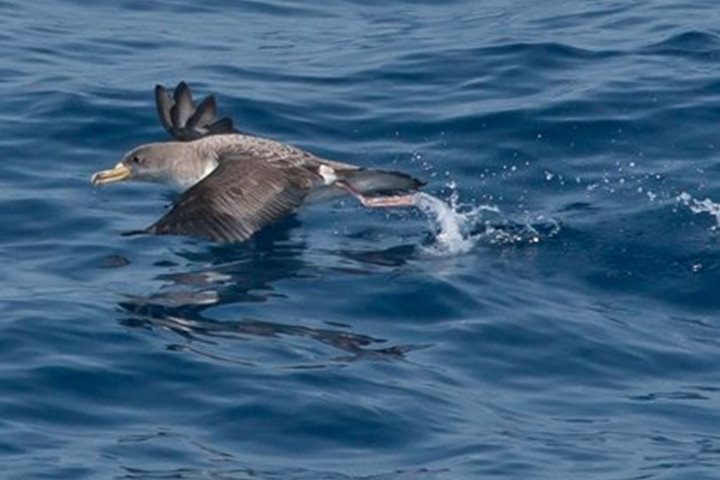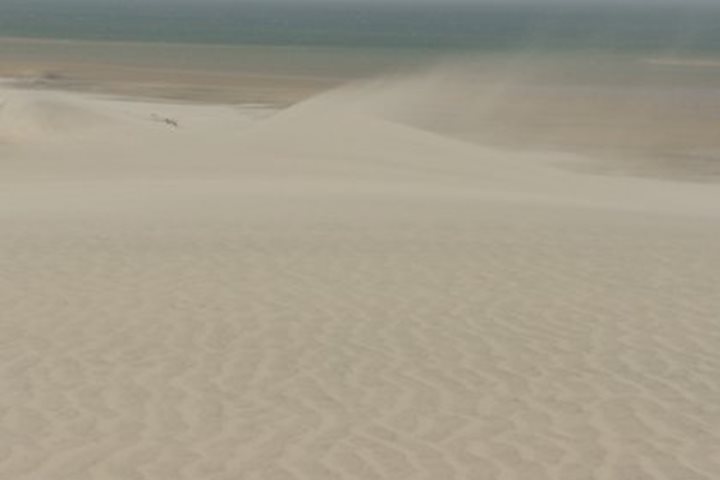Going to Congo for me – it's always a strong, deep emotion. So many memories, good and bad, but always emotional.
Entering in Pointe Noire, it does not look like Congo to me. It does not look like Africa either. The bay is packed with ships and tugboats, serving the offshore oil platforms, on anchor. The docks are full of containers and there are people working everywhere. It seems that here the economy never slowed down.
As soon we jump on the docks, the rhythm changes. It's pure Africa.....hot, humid, dusty. The buses leave National Geographic Explorer...and we are stuck in traffic even before we are out the port. We have time to look around. Observing the new country. The fourth nation in this long voyage along the west coast of Africa. I’d like to take some photographs, but it’s forbidden in the port. Respecting rules is the first thing when traveling. The most important rule.
Finally we are out of the main gate...we can see the town now. It’s a real town. The traffic is chaotic. We are surrounded by hundreds of blue and white cars. Are they local taxis? They are everywhere. Then many SUVs too, but not scooters as we saw in other stops.
At every corner we notice a hand car-washer. What a surprise! Keep the car clean with such dusty roads, that’s a dream.
Everywhere, venders. Self-employed, that’s the core business in Pointe Noire.
The artisans’ market is the first stop. While most go to shop for souvenirs of Congo, I just cross the street, to meet the “locals.” There is a different type of life on the other side of the main road. Two different worlds in thirty feet. Some young guys are playing table football, on-looking kids are fascinated. A man is producing fake Louis Vuitton bags and two ladies run an open-air restaurant selling cooked food under an umbrella.
A boy invites me to see their “sports room.” It’s a small space, with no window, dark, where they used to do weight lifting with “creative” tools. Two cans of palm oil, fitted with cement and an iron bar. We communicate in French. But the local accent is difficult for me at the beginning. It takes a bit of time to make a profitable conversation. But I’m not worried...I know how to manage friendly body language so as to be made welcome to take photographs. Then when my ears become attuned to the local French accent, the conversation starts to be fluent. Those people need to share. And I love sharing too.
My images start to be colored by the friendships that I build with them. It’s an intense moment. I leave to the next stop feeling a bit sad. I’d like to stay longer. But it’s always like that...I’d like to stay longer everywhere!
The second stop is at the local Museum of History. It’s a basic place, with old black and white photographs and many other samples that explain the historical traditions.
Dancers are out to give to us a touch of joy and color.
We leave to the final stop...the Diosso Gorge. It’s an emotional view, but the light was not so great for landscape photography. It’s more for the heart. There is a moment that I’ve come to understand when photography cannot give back the emotion that my eyes see. It has to be accepted.
While I’m thinking what to do...an unexpected lucky break. Our bus need to change a tire. This forced longer stop is good fortune for all of us. We can enjoy the gorge, but, personally, I go to explore the settlement along the main road. Back along the main road, I introduce myself gently into someone’s house. Some men are playing a game called Ludo. Women are sitting talking to one another. Kids look at me with surprise. The men are nice...the women look shy. I take some photographs and I show them to them...it breaks their hearts and I’m welcome. Communicating with photographs; it’s almost easier than speaking the same language. I’m becoming part of the family when the bus comes to pick me up. I say goodbye to my new Congolese friends and I depart. Another day in Africa has finished. Finished, but yet unfinished.






